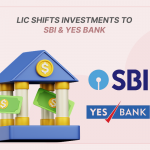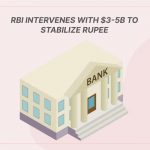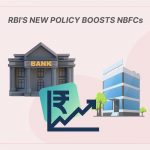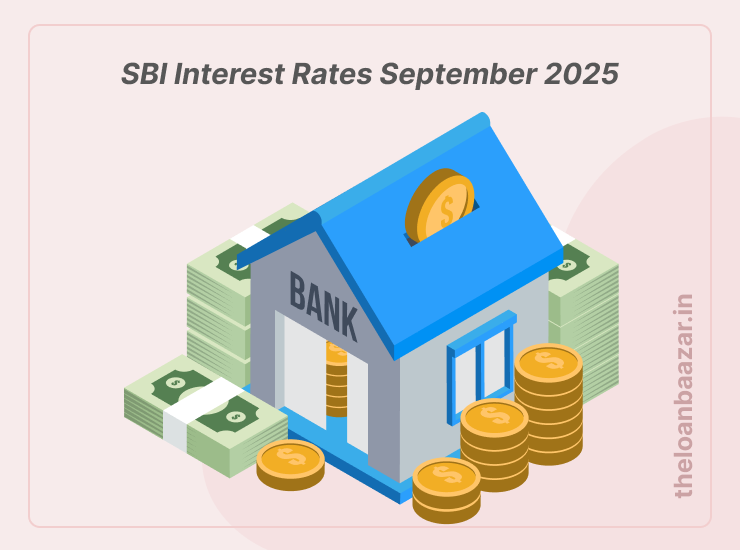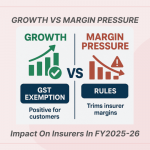India’s largest lender, State Bank of India (SBI), has chosen to maintain its home loan interest rates and lending benchmarks—including MCLR (Marginal Cost of Funds Based Lending Rate), RLLR (Repo-Linked Lending Rate), and EBLR (External Benchmark Lending Rate)—unchanged as of mid-September 2025.
For existing borrowers and potential homebuyers, this decision brings stability in EMIs and offers a clearer financial planning horizon. Let’s break down what this announcement means, the beneficiaries, and factors that could influence rates in the near future.
Understanding SBI’s Lending Benchmarks
MCLR (Marginal Cost of Funds Based Lending Rate)
This is SBI’s internal reference rate, influenced by its cost of funds and margins. Home loans linked to MCLR can vary depending on the tenure selected.
RLLR (Repo-Linked Lending Rate) & EBLR (External Benchmark Lending Rate)
Both these benchmarks are linked to RBI’s repo rate or external indicators. Loans tied to them typically reset at defined intervals (quarterly or semi-annually), ensuring quicker transmission of RBI policy changes to borrowers.
Current SBI Home Loan Rates
As of August 2025, SBI home loan rates range from 7.50% to 8.70% per annum, depending on the type of loan, borrower’s credit profile, and product.
Product-wise ranges include:
| Loan Product | Current Range (p.a.) |
|---|---|
| Regular Home Loan (Term Loan) | 7.50% – 8.70% |
| Maxgain (Overdraft Facility) | 7.75% – 8.95% |
| Top-Up Loans | 8.00% – 10.75% |
| Loan Against Property (P-LAP) | 9.20% – 10.75% |
These figures already factor in the August 1, 2025 rate hike, where SBI raised the upper band of home loan interest rates.
Why “Unchanged” Rates Matter Now
By leaving rates unchanged in mid-September:
- No immediate EMI increase for borrowers with floating or benchmark-linked loans.
- Predictability in repayment schedules allows better financial planning.
- New applicants benefit from clarity on the rate structure during their loan decision.
However, unchanged rates don’t guarantee reductions. If RBI adjusts repo rates or liquidity conditions shift, SBI may revise benchmarks in future.
Who Gains and Who Should Be Cautious
Beneficiaries
- Existing borrowers with floating-rate loans: EMIs remain stable until the next reset cycle.
- New homebuyers: Can lock in loans at prevailing moderate rates without the fear of an immediate hike.
Those Who Should Watch Closely
- New applicants with lower credit scores: Might still face higher spreads.
- Borrowers hoping for cuts: “Unchanged” is not the same as “reduced.”
- Fixed-rate borrowers: May miss future rate cuts since their loans don’t adjust downwards.
Factors That Still Influence Your Loan Cost
Even though SBI’s base rates remain stable, your final loan cost depends on:
- CIBIL/Credit Score – Stronger scores unlock lower spreads.
- Loan-to-Value (LTV) Ratio – Higher down payments can mean better rates.
- Tenure Chosen – Shorter tenure reduces total interest but increases EMI.
- Product Type – Top-up loans and property-backed loans typically attract higher rates.
- Processing Fees & Charges – SBI charges ~0.35% of loan amount + GST, capped within a range.
EMI Impact: Why You Must Calculate Scenarios
Before signing up, borrowers should:
- Use an EMI calculator for loan amounts at ~7.50%–8.70%.
- Test “what-if” cases: a 0.25% hike or cut makes a noticeable difference over long tenures.
- Compare 15, 20, 25, 30-year terms to see the trade-off between EMI affordability and total interest burden.
Possible Triggers for Future Rate Changes
- RBI Policy Updates: Repo rate hikes/cuts will directly impact RLLR/EBLR.
- Banking Liquidity & Inflation: Costlier funds may push MCLR upwards.
- Regulatory Adjustments: New RBI lending rules could alter benchmarks.
- Market Competition: If rival banks cut rates, SBI may follow suit.
Conclusion
SBI’s decision to hold rates steady provides borrowers a chance to:
- Apply now if eligible, to lock in current rates.
- Compare lenders on processing charges and loan flexibility.
- Strengthen credit score to maximize chances of getting the lowest spread.
- Track RBI announcements closely for future changes in repo rate and benchmarks.
For now, borrowers can breathe easy—EMIs remain steady, but the market can change quickly.
Q1. Will my EMI remain unchanged?
Yes, if you are on floating/benchmark-linked loans and your reset cycle hasn’t arrived. New applicants, however, may get different spreads based on profile.
Q2. Does a good CIBIL score help?
Absolutely. High credit scores bring you closer to the lower end of the rate range (~7.50%).
Q3. Should I consider fixed-rate loans?
Only if you expect sharp hikes. But fixed loans are costlier upfront and lack flexibility.
Q4. Can I switch my existing SBI home loan?
Yes, you may refinance or transfer balance, but charges like processing, legal, or conversion fees apply.
Q5. How often do RLLR/EBLR loans reset?
Usually quarterly, depending on the loan agreement. The next reset may reflect any RBI policy moves.



